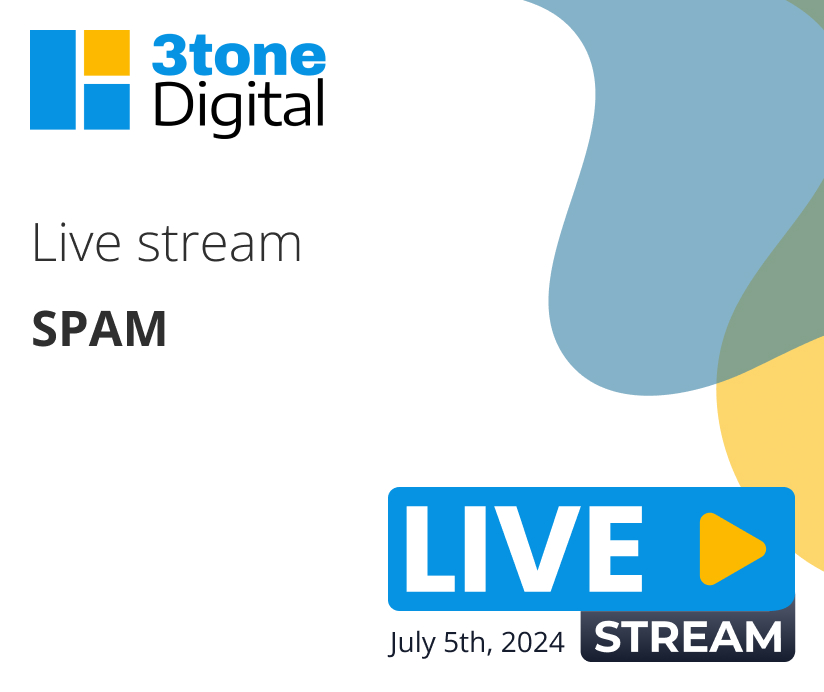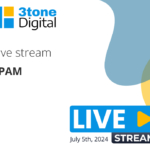- SPAM stands for “spiced ham.”?
- SPAM is a staple in Hawaiian cuisine, yum.
- SPAM emerged in 1937 was primarily used by the military.
- Gary Thuerk sent out the first spam message in 1978 via ARPANET.
- The term “spam” was popularized by a Monty Python sketch (https://www.youtube.com/watch?v=anwy2MPT5RE)
- 45% of all emails sent are spam ?
- Our go-to website spam preventive method is ReCaptcha, but there are others!
Kicking this #FancyFriday™ with Starbucks in hand, discussing our shift away from Dunkin’ Donuts coffee due to its perfumey, chemical taste. Sorry Dunkin’.
Today’s show is all about spam—both the food and the more annoying email variety.
National Hawaii Day and Spam
It’s National Hawaii Day, SPAM is a staple in Hawaiian cuisine. We share a few fun facts about SPAM, including its introduction in 1937 and its use by the military due to its easy packaging.
Did you know that SPAM stands for “spiced ham.”?
The History of Email Spam
We delve into the history of email spam, blaming Gary Thuerk for sending the first unsolicited advertisement in 1978 via ARPANET. The term “spam” was popularized by a Monty Python sketch, which humorously depicted the overwhelming nature of spam.
Understanding Email Spam
Email spam is unsolicited and bulk-sent messages, often advertising dubious products or services. We discuss how 45% of all emails sent are spam and the common experience of receiving unsolicited emails from various senders.
Preventing Spam on Websites
We discuss methods to prevent spam on websites, particularly through contact forms. Our go-to solution is Google’s reCAPTCHA, which comes in three versions:
• Version 2: The familiar checkbox.
• Version 2 Invisible: Detects real users without requiring interaction.
• Version 3: Uses a scoring system to detect abusive traffic behind the scenes.
Other Spam Prevention Methods
We mention alternative spam prevention techniques like honeypots, which are hidden fields in forms that only bots would fill out. We also emphasize the importance of filtering spam at the email client level, using tools provided by services like Microsoft 365 and Apple Mail.
Our Experience with Spam
We share our personal experiences with spam, including unsolicited emails offering services we don’t need. We also discuss the importance of filtering and blocking contacts to reduce spam.
Wrap-Up
We encourage viewers to take steps to protect themselves from spam, both through website measures like reCAPTCHA and email client settings. We also highlight the importance of owning your domain and managing your online presence independently.











